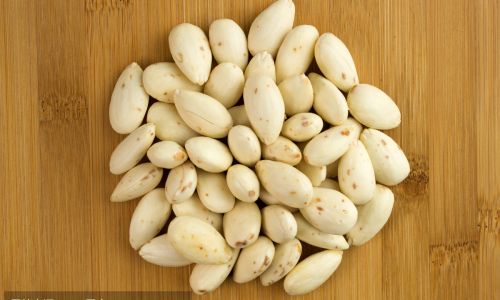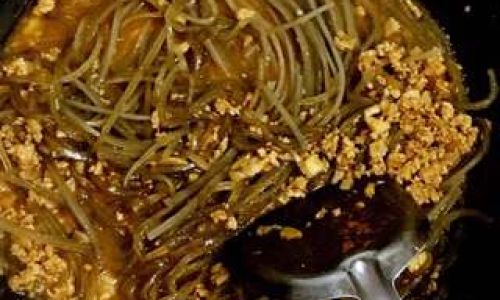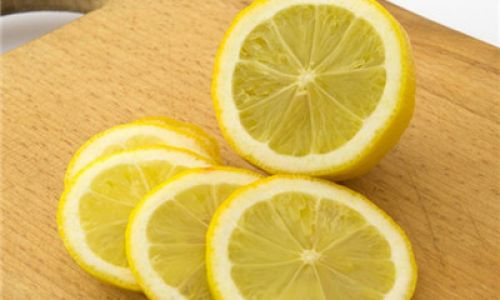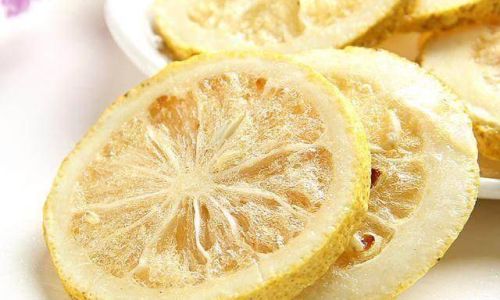Table of content
Introduction
Almonds, known for their nutritious value and delightful taste, are a staple in many diets worldwide. From being a key ingredient in baked goods and desserts to being a healthy snack option, almonds offer a range of health benefits including rich sources of protein, healthy fats, vitamins, and minerals. However, one aspect of preparing almonds that can be quite tedious for home cooks and professional bakers alike is peeling their skins. The skin, or hull, of almonds can add a bitter flavor to dishes and alter their appearance, making it desirable to remove them in certain recipes. This guide will delve into various methods for peeling almond skin efficiently, discussing their pros and cons, and providing practical tips to ensure success.
Understanding Almond Skin
Before diving into the peeling process, it’s essential to understand the structure of almonds and their skin. Almonds are drupes, which means they have a fleshy outer layer (the hull or skin), a hard shell (the nut shell), and the edible kernel inside. The skin can vary in thickness and adherence to the kernel, depending on the almond variety and its stage of ripeness when harvested. Bitter almonds have a thicker skin that contains amygdalin, a compound that can release cyanide when chewed, making them unsafe for consumption without proper processing. However, the almonds commonly found in grocery stores are sweet almonds, whose skin, while not toxic, can still impart a slightly bitter or astringent flavor.
Why Peel Almonds?
The primary reason for peeling almonds is to enhance their flavor and appearance in recipes. Blanched almonds, which are almonds with their skins removed, have a sweeter, more mild flavor and a uniform, creamy color that can improve the aesthetics of dishes. They are particularly favored in desserts, pastries, and confections where their appearance and pure flavor are crucial. Additionally, peeled almonds can better absorb marinades and glazes, making them ideal for candied or coated treats.
Methods for Peeling Almond Skins
There are several methods for peeling almond skins, ranging from traditional, labor-intensive techniques to modern, more efficient approaches. Here, we explore some of the most popular methods:
Boiling Method
One of the most straightforward methods for peeling almonds is the boiling method. This technique involves immersing almonds in boiling water for a specific duration to loosen the skin.

Steps:
-
Preparation: Start with raw, unsalted almonds. If the almonds have already been roasted, they may be harder to peel due to the moisture loss.
-
Boiling: Bring a pot of water to a rolling boil. Add the almonds and let them boil for about one to two minutes. The exact time can vary depending on the almond variety and freshness.
-
Cooling: Drain the almonds and immediately plunge them into ice water to stop the cooking process. This rapid temperature change helps the skin contract and loosen from the kernel.
-
Peeling: Use your fingers or a slotted spoon to gently rub or squeeze the almonds. The skin should come off easily.
Pros:
- Simple and requires minimal equipment.
- Effective for large batches.
Cons:
- Can result in some almonds absorbing too much water and becoming softer than desired.
- Requires careful timing to avoid overcooking.
Blanching Machine
For commercial kitchens or those who frequently need to peel large quantities of almonds, investing in a blanching machine can be a worthwhile option.
Steps:

-
Machine Setup: Ensure the blanching machine is clean and properly assembled. Fill it with water according to the manufacturer’s instructions.
-
Loading: Pour the almonds into the feed chute of the machine.
-
Operation: Turn on the machine and let it run. The almonds will be submerged in hot water, and the friction or mechanical action will loosen the skins.
-
Draining and Peeling: Collect the almonds from the output chute. The skins should be mostly separated and can be easily removed by hand or with a blow of air.
Pros:
- Highly efficient and suitable for large-scale production.
- Consistent results.
Cons:
- High initial cost.
- Requires space for storage and maintenance.
Oven Roasting and Rubbing
This method leverages the natural expansion and contraction of almonds during heating and cooling to loosen their skins.
Steps:
-
Preheating: Preheat your oven to 350°F (175°C).

-
Roasting: Spread the almonds in a single layer on a baking sheet. Roast them for about 10-15 minutes, stirring occasionally to ensure even heating.
-
Cooling: Remove the almonds from the oven and let them cool slightly. Wrap them in a clean kitchen towel and let them sit for about 10 minutes.
-
Rubbing: Rub the almonds together inside the towel. The friction will help remove the skins. Alternatively, you can use a rubber spatula to gently scrape the almonds together.
Pros:
- Adds a toasted flavor to the almonds.
- No boiling required.
Cons:
- Can be messy and time-consuming.
- Some almonds may not peel perfectly.
Food Processor Method
Using a food processor can be an effective way to peel almonds, especially for smaller batches.
Steps:
-
Pulse: Place the almonds in a food processor and pulse for a few seconds. The blades will create friction and heat, helping to loosen the skins.
-
Transfer and Peel: Transfer the almonds to a bowl. Use your fingers to rub and separate the skins from the kernels.

Pros:
- Quick and easy.
- Uses common kitchen equipment.
Cons:
- May not be as effective for larger batches.
- Requires careful handling to avoid over-processing the almonds into a paste.
Commercial Peeling Solutions
For those who need a highly efficient and reliable solution, commercial almond peeling products and services are available. These often involve chemical treatments or specialized machinery that quickly and effectively remove almond skins.
Steps:
-
Research: Identify reputable suppliers of commercial peeling solutions.
-
Follow Instructions: Carefully follow the manufacturer’s instructions for using the product or service.
Pros:
- Extremely fast and efficient.
- Suitable for very large-scale operations.
Cons:
- Can be expensive.
- Requires adherence to safety guidelines and proper disposal of any chemicals used.
Tips for Successful Almond Peeling
-
Quality Matters: Use fresh, high-quality almonds for the best peeling results. Older almonds or those stored improperly may have skins that are harder to remove.

-
Storage: Store peeled almonds in an airtight container in a cool, dry place. They can be refrigerated or frozen for longer storage.
-
Experiment: Try different methods to see which works best for your specific needs and almond variety.
-
Patience: Peeling almonds can be time-consuming, so be patient and take breaks as needed to avoid fatigue.
Conclusion
Peeling almond skins may seem like a daunting task, but with the right method and a bit of practice, it can be done efficiently and effectively. Whether you opt for the traditional boiling method, invest in a blanching machine, or use a food processor, there are numerous ways to achieve beautifully peeled almonds. By understanding the structure of almonds and the reasons for peeling them, you can choose the method that best suits your needs and enjoy the sweet, mild flavor and appealing appearance of blanched almonds in your recipes. Happy peeling!





0 comments